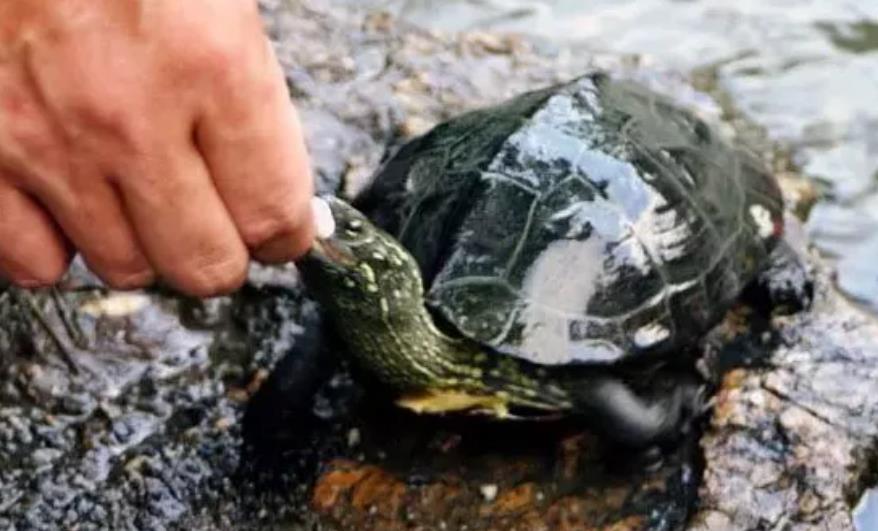-
Home
/
-
Blog
/
-
Enticing Your Turtle To Eat
Enticing Your Turtle To Eat
1/17/2021 9:56 PM

-
1
Give your turtle live food.Your turtle is attracted to movement and may prefer to eat live food such as crickets, mealworms, waxworms, earthworms, snails, slugs, or small pinky mice. Live food also has a strong odor that is attractive to your turtle.
- Be careful with digging up earthworms and giving them to your turtle. If the lawn has been treated with chemicals, do not give the earthworms to your turtle. It is best to buy earthworms from a bait store.
- Your turtle may also enjoy eating grubs, beetles, pill bugs, crayfish, flies, grasshoppers, bloodworms, and spiders.
-
2
Combine pellets with other foods.Pellets or dry turtle food are a staple of many turtle's diet. Crush the pellets and mix them with some live food to get your turtle to eat. You can also soak the pellets in canned tuna water to give the pellets a stronger, more enticing smell.
- You can also soak the pellets in fruit juice or a non-caffeinated sport's drink to encourage your turtle to eat.
- If you have a box turtle, try placing this food in water as your turtle may prefer to eat under water instead of on land.
-
3
Provide brightly colored food.Your turtle is attracted to brightly colored food. Offer your turtle strawberries, tomatoes, papaya, mango, watermelon, rose petals, or other brightly colored vegetables and fruits. Fruit should not be a staple in the diet of your turtle, but can be used to get your turtle to begin eating.
- You can combine brightly colored food with live food to get even better results. The bright color and strong odor may be doubly attractive.
- Vegetables are more important for your turtle than fruit. Try soaking the vegetables in tuna water to get your turtle to eat them.
-
4
Switch up the diet.Your turtle may not be eating simply because it does not like the food that you have been offering. For example, you may finely chop vegetables and pellets and dip them in bloodworm juice one day and then provide mangoes and pellets in tuna water the next day. Your turtle has preferences that you must learn.
- It may be helpful to keep a diary of feedings and how your turtle responds. This will help you learn what your turtle likes.
- You can also try giving your turtle food on land and in the water to see if that affects how your turtle eats.
-
5
Feed your turtle early in the morning.Turtles tend to be active early in the morning and prefer to eat then. Many turtles will refuse to eat if given food at other times of the day. Try giving your turtle food at 4:30 am or 5:30 am or as close to dawn as possible.
- In addition to the time of day, you may have to adjust your feeding time based in the season. For example, if you have an outdoor turtle, it may be too cold to eat at dawn during the winter. You may want to give your turtle food a little later in the day in that season.
- Box turtles also like to eat on rainy mornings because this is when earthworms and slugs are easily found.
-
6
Take your turtle to the veterinarian.If your turtle is not responding to any of he food you offer and the environmental changes, see your veterinarian. Not only could your turtle be fighting an illness, but its health is also at risk when it refuses to eat. Receiving a professional analysis increases the chances of discovering the problem, and a quicker solution eliminates the possibility of your turtle's condition worsening.
- A herp veterinarian is best equipped to treat your turtle. These veterinarians have received additional training about reptile medicine.
- If you cannot find a herp veterinarian, contact your local zoo, humane society, or universities (e.g. department of veterinary medicine, animal health science, etc.).
Source:wikihow
You must be logged in to post a comment.
click here to log in
